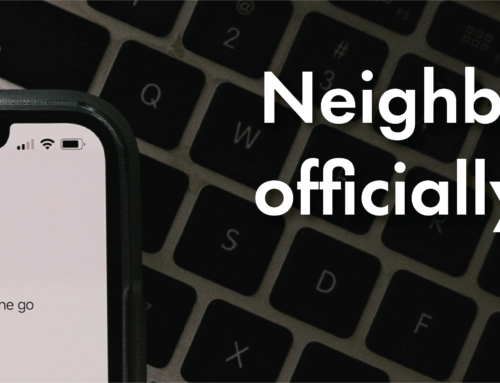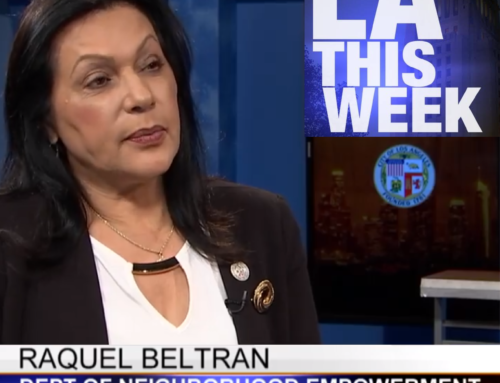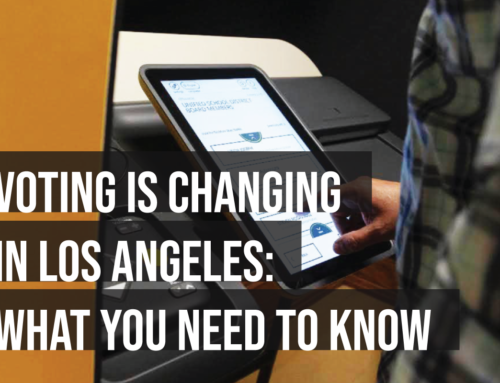“The time to repair the roof is when the sun is shining.” – John F. Kennedy
We all know the old “location, location, location” adage in real estate — but in the case of neighborhood councils, you’re probably aware that the more appropriate slogan is really “outreach, outreach, outreach.”
Good outreach doesn’t happen by accident. Even if you have the most gregarious, social, and friendly board members, you need a solid and sustained outreach effort to get the word out about your events and activate a diversity of community members. Whether your outreach tools include digital media and online platforms or you prefer door-to-door mailers and print newsletters, it is important to have a comprehensive plan for how you plan to achieve your outreach and development goals.
Each neighborhood council should have an outreach plan that outlines their mission, goals, and tactics for achieving those goals. You don’t have to do everything for everyone all the time — but it helps to have a focused strategy for how you want to reach more members of your community and increase your impact in the neighborhood. Though it may seem like a daunting task, developing an outreach plan is easy when you break it down into simple, concise steps.
Every outreach plan has a few basic elements:
- Know yourself and your audience
What is your mission? Who are your constituents? Each member of your NC board should have a strong understanding of your identity as a neighborhood council, your purpose in the community, and clear and concrete objectives for the short and long term. You also want to be aware of your target audience and the tools you have used to reach them in the past (and how well they work). And remember, it is always important to have feedback mechanisms so that you can hear from your stakeholders! - Plan your tactics
Once you know your message, your audience, and what you want to accomplish, how are you going to meet your objectives? Before becoming overwhelmed with all the options out there, think about your specific goals and choose one to three tactics for meeting those goals to focus on. For example, if you’d like to beef up your website, one useful tactic would be doing a “digital audit” of your site — is it up to date? How many hits does it get? What pages are most popular? Knowing these details can help you figure out what you need to improve on and where to go next. A web consultant can then help you figure out the best strategy for tuning up your site, increasing traffic, and expanding your reach. - Measure your success
Now that you have a plan and some objectives in mind, you should also have a timeline for achieving your objectives and concrete ways of measuring progress. This can vary based on your council’s resources, but it is important to establish certain metrics in order to keep yourself accountable and be able to show your progress to your board and your stakeholders. With your board, decide on the metrics you will use to measure your progress (i.e. number of daily hits on your website, number of clicks on your blog posts, number of RSVPs to an event) and a timeline (monthly, bi-monthly, etc) for reporting. Make these updates a part of your meetings.
Hot Tip: anchor your online assets to the neighborhood council, rather than to individual board members. If your account is attached to an individual’s credit card and that individual leaves the board or moves away, it will be a pain to figure out how to transfer the account. The same goes for passwords. A good rule of thumb is having three administrators with access to each of your online platforms. This way, one person’s absence doesn’t have to affect your NC’s ability to access your site, Facebook page, Twitter feed, etc.
Forthcoming articles will include more detailed outlines of each element, and a template will soon be available for neighborhood councils who want to put together their own outreach plan.






